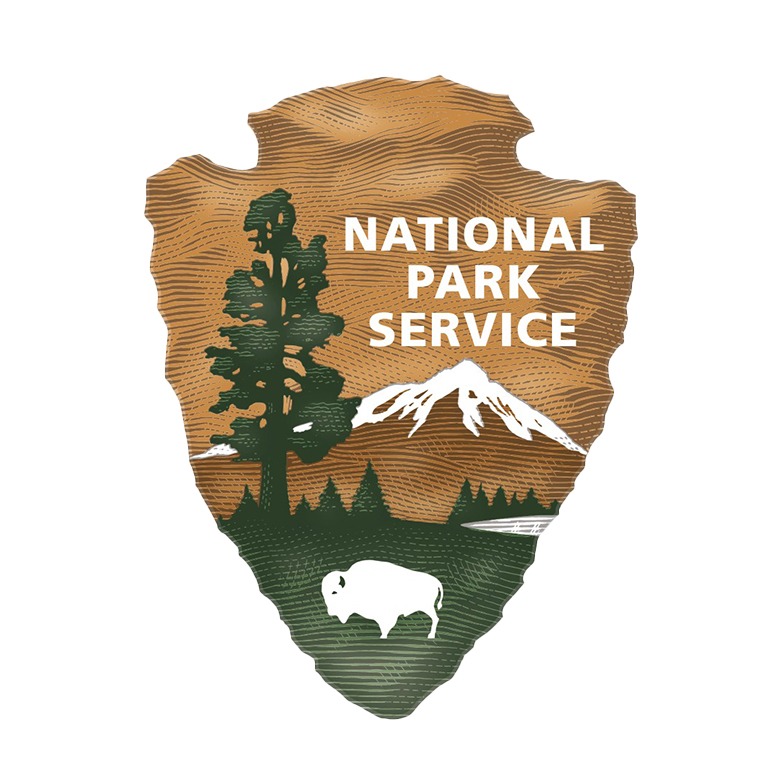Project overview: Support youth crews in minimizing modern human impacts on wilderness ecosystems through the removal of non-native plants and informal backcountry campsites, campfire rings, and informal trails.
How your support helps: Nearly 95% of Yosemite is congressionally designated Wilderness, the highest level of protection for public lands. The park’s vast backcountry welcomes thousands of hikers and backpackers each year, with numbers increasing as wilderness travel rises in popularity. These travelers can inadvertently affect wilderness ecosystems by setting up camp in sensitive areas, trampling plants and soil, and spreading invasive plant seeds.
The long-running Keep It Wild program, supported by Yosemite Conservancy Donors since 1988, addresses three common issues:
- Backcountry campsites located too close to water or trails, which can negatively affect ecosystems and disturb the solitude many wilderness-goers seek.
- Informal “social” trails, which can disrupt habitat and natural water flow.
- Non-native plant populations, which threaten native species and biodiversity.
Through the Keep It Wild program, National Park Service teams recruit and train a team of 5 to 10 student volunteers. For five weeks, the crew surveys thousands of acres; removes hundreds of campsites, trails, and invasive plants; and restores natural topography, vegetation, and hydrology. Their work re-establishes ecological integrity, makes wilderness more resilient, and helps minimize human impacts. This, in turn, can help prevent future impacts by removing visible examples of habitat-harming behaviors, such as large fire rings on lakeshores, which might tempt others to leave similar traces.
Conservancy donors’ long-term support of Keep It Wild correlates to a steady downward trend in hikers creating backcountry campsites that are too large or too close to water. The decline in concentrated impacts has allowed the Keep It Wild crew to shift to a “roving” model. In other words, rather than having to set up a long-term base camp to focus on a specific heavily affected area, the crew moves nimbly from place to place throughout the season, covering more ground and limiting their own impact on the wilderness.
This year: In 2025, your support will fund another successful season of surveys and restoration work to revitalize and protect habitat throughout the Yosemite Wilderness. By supporting this project, you’ll help us minimize modern human impacts by documenting, removing, and ecologically restoring inappropriately located campsites, fire rings, social trails, and invasive non-native plants, increasing ecological resiliency in these rapidly changing times.
Project partners: Yosemite National Park and youth from the park’s seven affiliated Tribes

